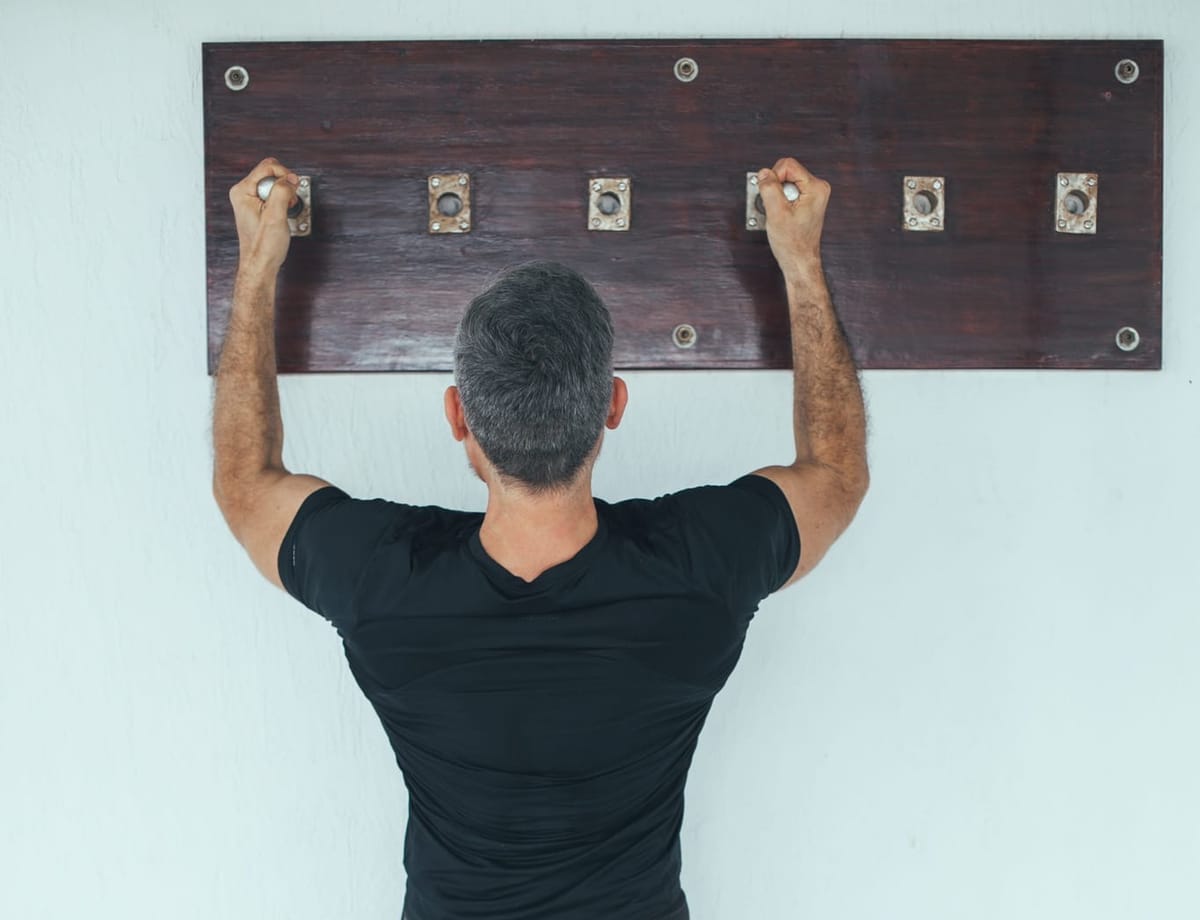A band-free guide to chin ups and pull ups

Alert: Long video teaching you how to get to a pull up or chin up ahead
Most people are probably going to get bored within 15-30 seconds of starting this video. I understand why. But if a pull up is something you’ve wanted to do, this is a reasonable guide. The lack of brevity is because I wanted it to cover all the bases and be realistic.
Pull ups are hard. You are hauling your body against gravity to a bar using your arms and upper back.
This is not a move anyone is born performing. It takes time, energy and effort.
In this video, I layout a realistic progression. It could take a month to a year to achieve this based on your starting strength levels and
persistence.
There are enough tutorials out there that incorporate bands, so I gave that approach a skip.
Why are pull ups and chin ups so damn hard ?
If my gym were a radio station, one of the most requested songs is the pull up. But very few people actually get to it. Here’s why:
Unlike a push up, inverted row or a weighted push or pull, to do a pull up you need to pull your entire bodyweight up to the bar and lower yourself back down. With a push up or inverted row, it’s 30-60 percent of your bodyweight. With a pull up, it’s 100%. That’s a dramatic stress/skill to expect from an untrained person.
I can squat my bodyweight, doesn’t the same principle apply here?
For most untrained people, the muscles in the legs are much bigger than the muscles in the upper back. An untrained person also use their legs to walk, climb steps, sit and stand. They do some activity that is similar enough to a squat to support an actual squat.
We have no such analogous activity for pulling work. Very little of the work we do in everyday life supports the capacity that would help us do a pull up. That said, most people are/look uncomfortable squatting simply because we don’t squat enough.
Takeaway
Think of the pull up as a skill that requires you to use all the muscles in your upper back and arms to power your chest or collar bone to the bar and back down. If you can’t do a pull up, here are a few exercises you could use to get there:
Hang: active or passive
Lat pull down : pull weights lighter than your bodyweight to your chest and back up
Cable rows: horizontal pulling can make your upper back stronger to support a pull up
Inverted row: a body weight horizontal pulling movement. Think of it as the opposite of a push up
Bicep curls: your arms play a role in pulling too.
Pull ups negatives: Focus on just the lowering part of a pull up
Banded pull ups: Use a long rubber band to help you with the movement
Assisted pull ups: Use a machine/legs to do a pull up
Chin ups are easier than pull ups. So try and get chin ups first. There is an added option called neutral grip chin ups. Your palms face each other in this movement.
It should take you a few months to get to a pull up based your starting point. But like any skill, if you spend time on it you will get there!
